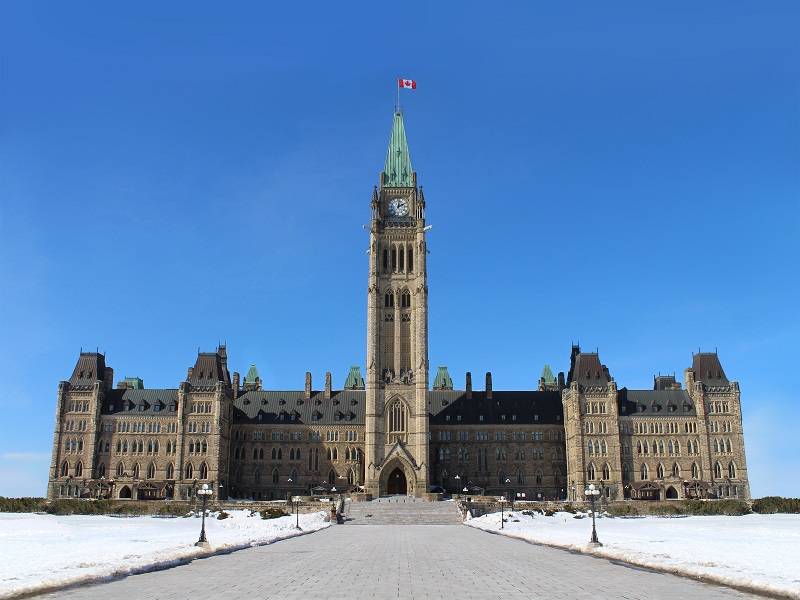

If the federal government scraps its rule restricting Canadian pension funds from holding more than 30 per cent of the voting shares of investee corporations, pension plan sponsors and other investment organizations could increase their holdings in high-performing assets, have greater oversight and accountability of their assets and see a decrease in fees for private equity, according to a pension lawyer.
In its 2023 fall economic statement earlier this week, the government said it’s considering removing the rule that restricts Canadian pension funds from holding more than 30 per cent of the voting shares of most corporations.
“It’s possible there would be increased investment in high-performing firms straightaway,” says Scott McEvoy, a partner at Borden Ladner Gervais LLP, noting he was surprised by the federal government’s proposal, despite the fact that pension plan sponsors and others in the industry have been arguing for this for some time.
Read: Budget 2016: Government to consult on 30% rule
In its 2016 budget, the Department of Finance announced a consultation into the restriction, but nothing came of it. “This has been a minor sore point,” says Malcolm Hamilton, a senior fellow at the C.D. Howe Institute. “Nobody should think the health of our pension system — or the safety of our pension system — hinges on whether this 30 per cent rule is there or not.”
If the 30 per cent rule was removed, large Canadian pension funds would stand to gain the most since they could end up being “less reliant on private equity partners” aligning with their vision, he adds.
In the economic statement, the government didn’t include a suggested timeline for the removal of the rule, but McEvoy says it could be a long process. “The intention of the rule from the get-go was to limit plans to more passive roles and reduce the risk of exposure to one business’ failure . . . and the idea that pension plans should be passive investors rather than managing the day-to-day operations of businesses in which they invest.”
Read: PMAC supports elimination of 30% rule but questions disclosure requirement
The rule’s elimination would need to be accompanied by some adjustments around tax policy for pension plans, he adds, noting he expects arguments centred on tax equity, fairness and efficiency to be front and centre in these discussions as they progress.
The feds’ fall economic statement also proposed that large federally regulated pension plans will be required to publicly disclose the distribution of their investments — both by jurisdiction and asset type per jurisdiction — to the Office of the Superintendent of Financial Institutions. According to the statement, the government will engage with provinces and territories to discuss similar disclosures by Canada’s largest pension plans in a simple and uniform format.
Read: Feds consider end of ‘30% rule’ for pensions, propose EI adoption benefit: fall economic statement
